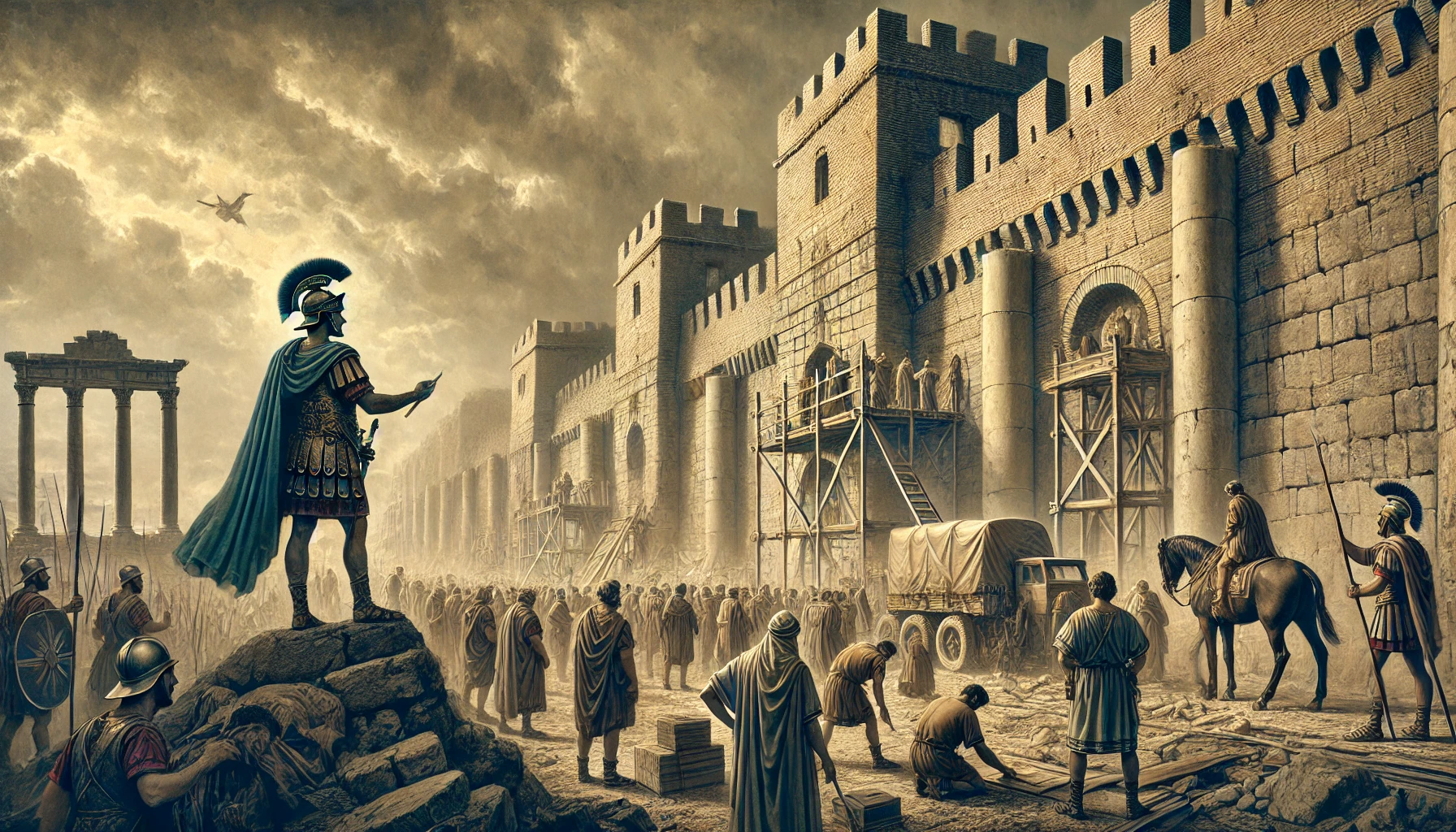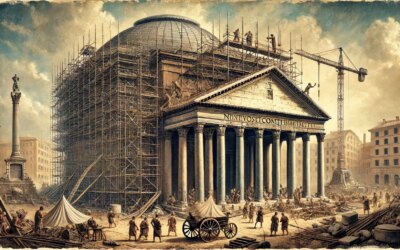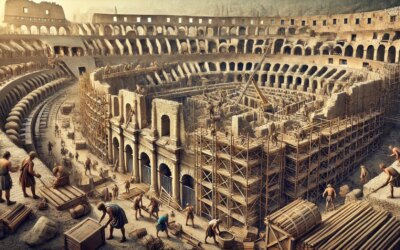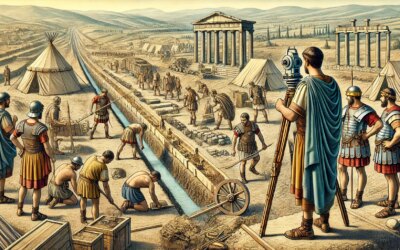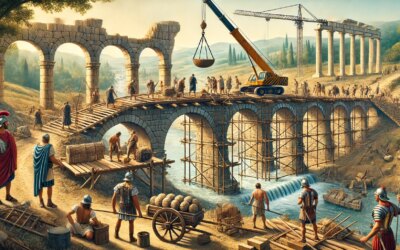Rome in Peril: The Crisis of the Third Century
By the mid-3rd century AD, the Roman Empire was reeling from internal strife and external invasions. Known to historians as the Crisis of the Third Century, this period (235–284 AD) saw over 20 emperors rise and fall in just five decades. Barbarian tribes breached frontiers, and breakaway empires emerged in Gaul and the East. Even the Eternal City, once untouched by war for centuries, faced the threat of incursion. When Emperor Aurelian assumed power in 270 AD, he inherited a fractured empire—yet he responded with bold reforms. Among his most enduring legacies was a massive defensive project: the construction of the Aurelian Walls around Rome.
Why Build the Walls?
For centuries, Rome relied on its vast empire as a buffer—wars were fought far from the capital. But by Aurelian’s reign, barbarian incursions had reached Italy. The Alemanni and Juthungi had invaded northern provinces, and the city of Rome no longer felt invulnerable. Aurelian, pragmatic and militarily astute, recognized the need to transform the open city into a fortress. He launched construction of a 19-kilometer-long wall system in 271 AD to protect against both foreign and domestic threats.
Design and Construction: A Feat of Urgency
The Aurelian Walls were not built for beauty—they were built for speed and defense. The average height reached 8 meters (eventually raised to 16 meters in later centuries), with a thickness of 3.5 meters at the base. Unlike earlier city walls, which relied on ashlar masonry, Aurelian’s engineers opted for brick-faced concrete (opus latericium), maximizing efficiency. Construction proceeded at an astonishing pace—most of the walls were completed within just five years.
The walls featured:
- Square towers every 100 Roman feet (roughly 30 meters) for defensive visibility.
- Gates (portae) like Porta Appia and Porta Ostiensis—strategic access points connected to Rome’s great roads.
- Internal walkways and arrow slits, enabling soldiers to patrol and fire from behind cover.
- Use of existing structures: aqueducts and amphitheaters were incorporated into the defense lines, demonstrating resourcefulness in repurposing Rome’s architectural heritage.
Manpower and Mobilization
Aurelian mobilized not only soldiers but civilian laborers, craftsmen, and slaves to raise the walls. Each cohort was assigned a segment, operating under the supervision of military engineers. Architectural records found near Porta Latina suggest coordinated project management, with marble inscriptions documenting schedules and labor allocations. Inscriptions also reference the Praefectus Urbi, indicating imperial oversight from Rome’s highest magistrates.
The Walls in Action
Although not tested immediately after completion, the Aurelian Walls would later prove vital. In 410 AD, when Alaric and the Visigoths sacked Rome, the city’s fortifications forced them to besiege rather than storm. The walls bought valuable time and altered enemy tactics. They continued to be reinforced by later emperors—Maxentius, Honorius, and even Theodoric the Ostrogoth—highlighting their strategic utility well into the Byzantine era.
Historical and Symbolic Significance
The construction of the walls marked a dramatic shift in Rome’s self-perception. The capital of the greatest empire now prepared for war on its doorstep. It signaled the end of an age of dominance and the start of one of cautious survival. For Aurelian, it was a visible symbol of his commitment to restoration—earning him the title Restitutor Orbis (“Restorer of the World”).
Legacy and Preservation
Much of the Aurelian Walls still stand today, visible along modern avenues like the Via Appia and the Piazza di Porta San Giovanni. Restoration efforts during the Middle Ages and Renaissance preserved key segments, and portions were integrated into Renaissance city planning. Tourists today walk alongside the same brick and stone that once guarded the heart of an empire.
Stone Boundaries, Iron Resolve
While often overshadowed by monuments like the Colosseum or Pantheon, the Aurelian Walls remain among Rome’s most remarkable feats of resilience. They embody a moment when leadership, logistics, and urgency converged in a massive defensive undertaking—one that still shapes the Eternal City’s skyline. Through stone, Aurelian protected not just a capital, but the fragile hope of Roman continuity in an uncertain world.

